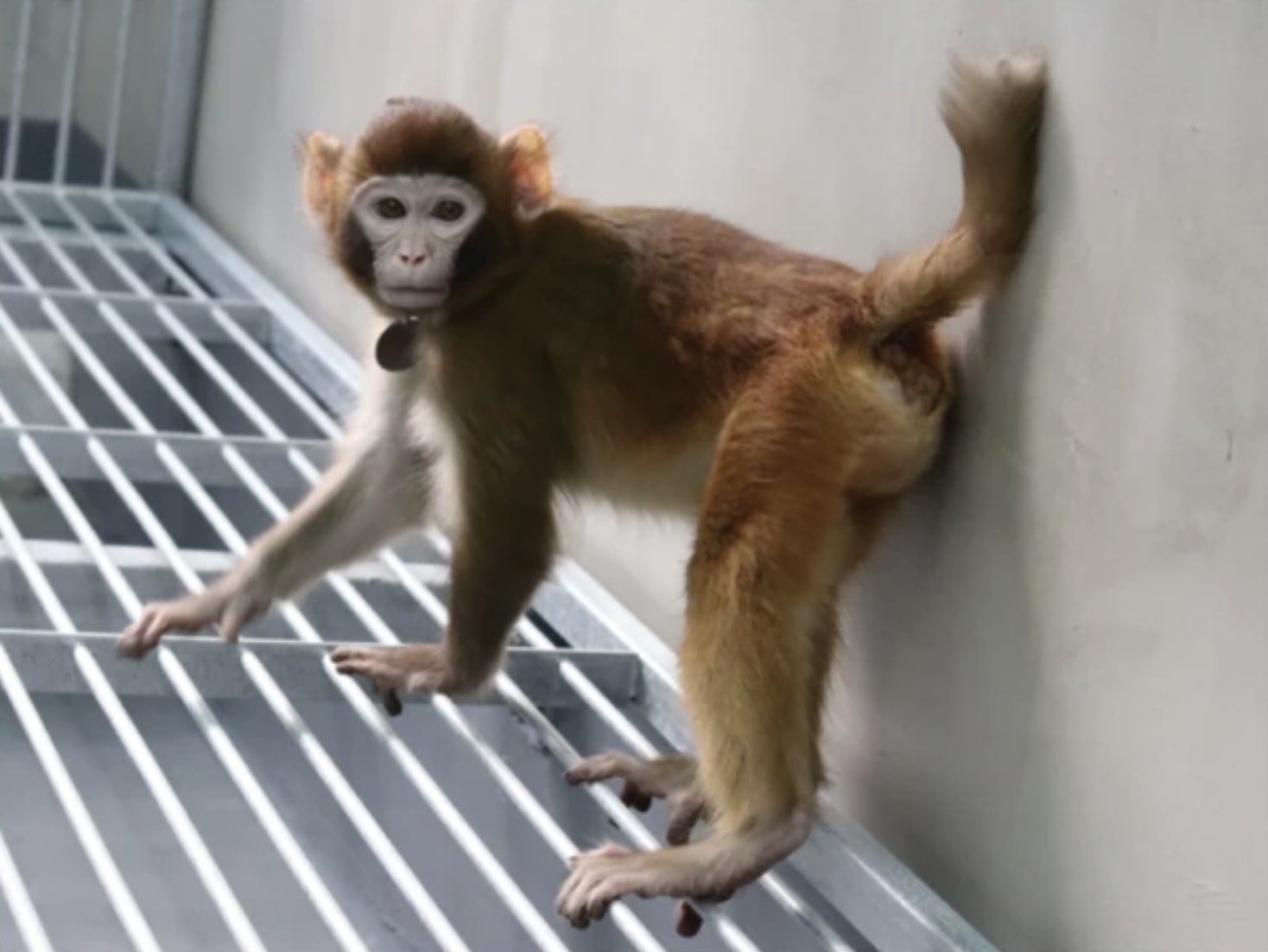
A rhesus monkey, cloned for the first time, has made it to adulthood, living for over two years. This, as reported by Nature Communications, is the first successful cloning of its kind.
Unlike the method used for Dolly the sheep and other animals, including macaques, this achievement was the result of a slightly different approach.
Scientists improved the cloning process by swapping the placenta of the cloned embryo with ones created through in vitro fertilization. This helped decrease issues that might affect embryo development. It relied on the use of fewer embryos and surrogate mothers. The new advancement opens doors for using cloned monkeys in drug testing and behavior studies.
Mu-ming Poo, the director of the Institute of Neuroscience in the Chinese Academy of Sciences, suggests that this method could generate a bunch of genetically identical monkeys for more effective drug tests.
Somatic cell nuclear transfer (SCNT) has a low survival rate
The usual cloning method, called somatic cell nuclear transfer (SCNT), has faced challenges, especially when it comes to primates. This technique involves moving the nucleus of a body cell into an egg cell with no nucleus. However, it often leads to very few cloned embryos being born and even fewer surviving, as reported by Nature Communications.
In 2018, when scientists cloned long-tailed macaques, they started off with 109 cloned embryos and placed nearly three-quarters of them into twenty-one surrogate monkeys. The result was only six pregnancies, and only two monkeys made it through birth.
In 2022, a rhesus monkey was cloned using SCNT, but it survived for less than twelve hours.
Testing with intracytoplasmic sperm injection (ICSI)
Researchers at the Chinese Academy of Sciences in Shanghai delved into the cloning process to understand its challenges.
They examined 484 rhesus embryos created through somatic cell nuclear transfer (SCNT) and compared them with 499 embryos. Those developed through a different method called intracytoplasmic sperm injection (ICSI). In this process, a sperm cell is directly injected into an egg.
A group of Chinese scientists have reported the #first instance of a cloned rhesus monkey that has reached adulthood, an achievement that may offer a promising strategy for primate cloning. The team cloned the world's first macaques in 2018. (Journal Nature Communications) pic.twitter.com/5zU5eVf6tM
— China Science (@ChinaScience) January 17, 2024
Both types of embryos went through similar developmental stages before being placed in surrogate mothers. However, results showed that only thirty-five SCNT embryos were successfully implanted in contrast to seventy-four ICSI embryos. Moreover, fewer SCNT embryos made it to full term.
Scientists conducted DNA analyses on SCNT embryos and discovered notable variations in the patterns of epigenetic modifications. These modifications were structural changes that influence gene activity without altering DNA sequence. The analysis revealed a reduction in DNA methylation, a process that influences the levels of gene expression.
Mu-ming Poo explains that when there are distinct methylation patterns, the gene expression during development will be different. This is a key reason why cloned embryos may face challenges in appropriately developing.
See all the latest news from Greece and the world at Greekreporter.com. Contact our newsroom to report an update or send your story, photos and videos. Follow GR on Google News and subscribe here to our daily email!



